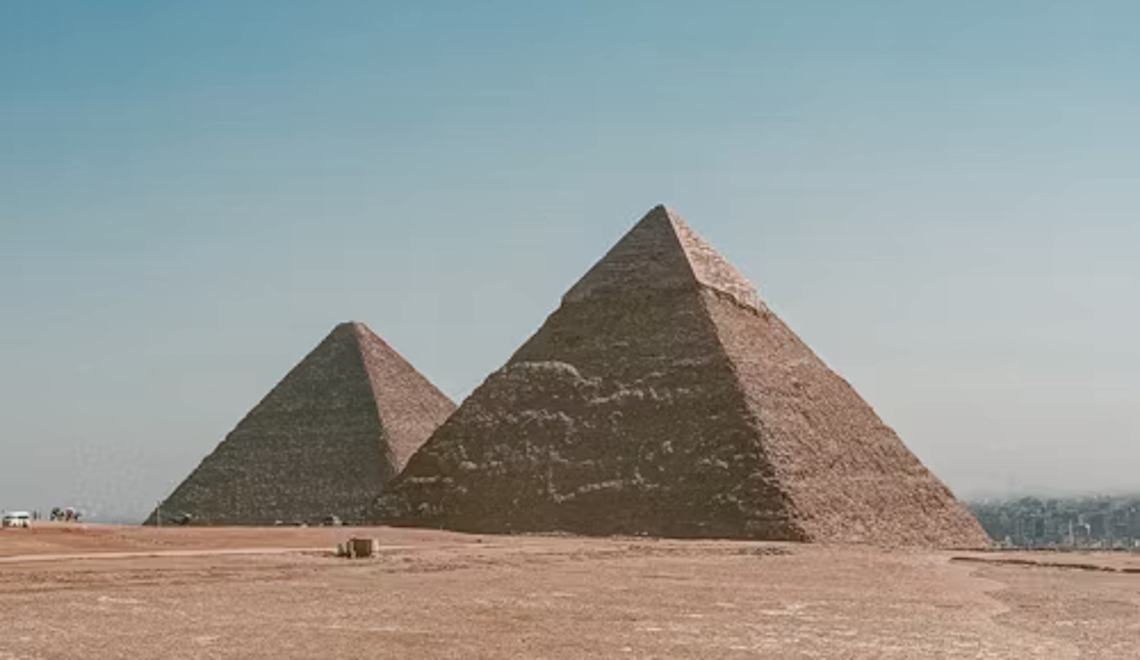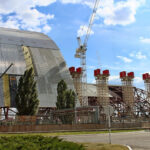Now Reading: Did Ancient Architects Use a Hidden Code in Structures?
-
01
Did Ancient Architects Use a Hidden Code in Structures?
Did Ancient Architects Use a Hidden Code in Structures?

Across civilizations and centuries, the question of whether ancient architects embedded hidden codes into their monumental structures continues to spark fascination. From the geometric precision of the Egyptian pyramids to the celestial alignments of Stonehenge, many believe that these architects were more than builders—they were scientists, philosophers, and cosmologists encoding knowledge into stone. Modern researchers in archaeology, physics, and mathematics are now uncovering evidence that suggests these ancient designs may not simply reflect aesthetics or religion but sophisticated understandings of natural laws, planetary motion, and geometry that were centuries ahead of their time.
The Great Pyramid of Giza stands as the most striking example of this hypothesis. Constructed over 4,500 years ago, it remains one of the most geometrically accurate structures ever built. Studies have shown that the pyramid’s base is aligned almost perfectly with true north—off by a mere fraction of a degree—something even modern surveyors would find challenging without advanced tools. Its height-to-perimeter ratio mirrors the mathematical constant π (pi), while the relationship between its height and base approximates the golden ratio Φ (1.618). This has led some scientists and historians to theorize that the pyramid encodes an ancient understanding of Earth’s curvature, solar cycles, and even the dimensions of our planet itself. The “pyramid code” theory posits that these relationships were intentional, serving as a durable library of cosmic and mathematical truths.
Moving beyond Egypt, Mesopotamian ziggurats and Mesoamerican pyramids also reveal remarkable mathematical and astronomical sophistication. The ziggurat of Ur, for example, was aligned to the cardinal directions, possibly to track celestial events. Similarly, the Pyramid of the Sun at Teotihuacan is oriented to mark the setting of the Pleiades star cluster—a key event in Mesoamerican agricultural calendars. Recent analyses using LiDAR (Light Detection and Ranging) imaging have shown that the city’s entire layout follows geometric principles related to Venus’s orbital period, suggesting the builders possessed advanced astronomical knowledge. These findings lend credence to the “cosmic architecture” theory—the idea that temples and cities were constructed as living diagrams of the heavens.
In Europe, Gothic cathedrals reveal another layer of hidden symbolism. Architects in the Middle Ages incorporated geometric patterns derived from Euclidean mathematics and sacred geometry. The floor plans of cathedrals like Chartres and Notre-Dame mirror the vesica piscis, a shape formed by two intersecting circles—symbolizing the union of heaven and Earth. Modern scholars have discovered that these cathedrals’ dimensions often reflect the Fibonacci sequence, a mathematical pattern also found in plants, seashells, and galaxies. Beyond their religious purpose, these buildings seem to encode the mathematical principles of nature itself. Some architectural historians argue that these structures served as visual sermons, teaching divine harmony through geometry.
In the East, the temples of Angkor Wat in Cambodia and India’s ancient shrines also seem to function as cosmic diagrams. Angkor Wat, for instance, encodes astronomical and calendrical data within its design—the distance between towers corresponds to the number of days in lunar and solar cycles. Researchers from the University of Sydney found that the temple’s axis aligns precisely with the equinox sunrise, transforming it into a celestial clock of immense precision. Similarly, the Brihadeeswarar Temple in Tamil Nadu incorporates the golden ratio in its tower proportions and shows acoustic engineering that amplifies chants perfectly within its sanctum. This has given rise to the theory of “vibrational architecture,” which suggests that ancient builders understood sound resonance and designed temples to harmonize with specific frequencies thought to enhance meditation or connect with cosmic energies.
In ancient China, the layout of imperial cities and tombs followed geomantic principles known as feng shui—literally “wind-water.” The Forbidden City’s plan, for instance, is aligned with the North Star, representing cosmic stability and the emperor’s divine authority. Archaeologists and physicists have noted that these alignments often coincide with electromagnetic nodal points—places where Earth’s magnetic field is slightly stronger or weaker. Some researchers have speculated that ancient Chinese architects might have been aware, even empirically, of geomagnetic influences, using them to optimize spiritual harmony or even structural stability.
One of the most debated examples of encoded architecture is Solomon’s Temple, which has captivated mystics, theologians, and Freemasons for centuries. According to biblical and Kabbalistic interpretations, the temple’s measurements correspond to esoteric numerological patterns—such as the 12 tribes of Israel, the 7 days of creation, and the 3 planes of existence. Some esoteric scholars believe the temple was designed as a metaphysical model of the universe, embodying principles of sacred geometry and proportion that mirror human anatomy and the cosmos—a “macrocosm within a microcosm.” While mainstream archaeology views such interpretations skeptically, modern computational models have confirmed that its described dimensions align with geometric ratios later associated with Pythagorean mathematics.
Recent scientific theories add further intrigue. Some physicists and engineers propose that resonance frequencies and acoustic engineering might explain the mystical effects attributed to ancient structures. The King’s Chamber in the Great Pyramid, for example, exhibits strong resonant frequencies that amplify sound waves in unique ways. Experimental physicists have suggested that these chambers could have been deliberately tuned to certain frequencies, possibly used for ritual chanting or inducing altered states of consciousness. Similarly, Stonehenge has been shown to have notable acoustic properties, functioning almost like a primitive amphitheater. These findings lend a scientific dimension to the ancient idea that architecture could influence the mind and spirit through vibration and sound.
Adding another layer, the “ancient energy grid” theory suggests that many of these sites are deliberately placed on geodesic lines, or “ley lines”—imaginary lines that connect ancient monuments across continents. Though controversial, geophysical surveys have shown that some sites, such as Giza, Stonehenge, and Machu Picchu, lie along subtle variations in Earth’s magnetic field. Proponents argue that ancient builders may have sensed these natural energy flows and constructed temples and monuments to harness or stabilize them. While the concept remains speculative, modern studies of electromagnetic anomalies at sacred sites have reignited discussions about whether ancient architects possessed a form of geophysical awareness now lost to modern science.
Skeptics argue that many of these patterns can be explained by coincidence, human pattern recognition, or the reuse of efficient geometrical shapes across different cultures. They note that triangles, circles, and golden ratios are naturally stable forms found in engineering and biology, not necessarily evidence of secret knowledge. However, the sheer consistency and precision of these patterns across continents and millennia suggest that ancient architects may have intuitively grasped mathematical and physical truths that were only formally expressed much later in human history.
In conclusion, the theory that ancient architects used hidden codes in their structures bridges science, art, and spirituality. Whether or not every pattern or ratio was intentional, it’s undeniable that many ancient builders possessed a profound understanding of geometry, astronomy, and acoustics that continues to astonish modern engineers. Their monuments stand not just as relics of the past, but as messages carved in stone—symbols of a civilization’s effort to connect Earth with the cosmos, humanity with the divine, and structure with the eternal rhythm of the universe. Perhaps the real code they left behind is not only in their measurements, but in their enduring quest to express universal harmony through architecture.





























